Enzymes for carbohydrate digestion and their physiology
In this article our aim is to defined different types of enzymes responsible for carbohydrate digestion. And physiology of digestion of carbohydrate involves taking of food that is known as ingestion, digestion of food that is known as digestion.
There are several macro biomolecules like carbohydrates, proteins fats required to digest it for simple absorption by means carbohydrate can produce energy and we know every work require energy,
Now question is how the digestion is completed ? We needed several types of digestive enzymes for carbohydrate digestion, and digestion enzyme is secreated from several types of exocrine glands present in our body. Exocrine glands likes salivary glands, pancreas, intestinal gland and gastric gland produce several type of enzymes for carbohydrate digestion.
Lack of these digestive enzyme or infection of glands which produce enzymes for carbohydrate digestion leads to you know proper digestion of carbohydrate and you are suffering from malnutrition.
Table of Contents
Enzymes for carbohydrate digestion
Enzymes for carbohydrate digestion secreated from different types of digestive glands present in our digestive systems of body. Some of the digestive glands which produce enzymes responsible for carbohydrate digestion are exocrine in nature because their secretion is released in blood stream with the help of tube that’s why it is also known as tube glands.
Different types of digestive glands and their enzymes responsible for digestion of carbohydrate are following
1) salivary gland
2) pancreas
3) intestinal gland
The human digestive gland and their enzymes responsible for carbohydrate digestion included salivary glands, pancreas and intestinal glands.
Salivary amylase enzymes for carbohydrate digestion
There are three pairs of salivary glands parotid glands, sublingual gland and submaxillary gland.
Parotid glands are the largest salivary glands which produce enzymes for carbohydrate digestion lies on the side of the face just below and in front of the ear. the parotid duct also called stensen duct open into the vestibule opposite the upper second molar teeth, some time viral infection of parotid glands causing swelling and pain and this disease is known as mump.
Second salivary gland is sublingual gland lies under the front part of tongue and it is connected with duct known as sublingual duct or ducts of Rivinus and also open under the tongue.
Third salivary gland is submaxillary gland is lies at the angles of lower jaws, it is connected with submaxillary ducts and also known as Wharton’s duct which open under the tongue.
The salivary gland secretes viscous fluid known as saliva. it contains water, salt ,mucin and enzymes known as salivary amylase or ptyalin. All three salivary glands parotid gland sublingual glands and sublingual glands produce salivary amylase enzyme for carbohydrate digestion. Salivary amylase or ptyalin enzymes required for carbohydrate digestion in mouth or buccal cavity.
Saliva released from salivary glands basically neutral being pH 6.7 . The Saliva is carried into the buccal cavity by the salivary ducts about 1 to 1.5 litre of saliva and mucus are secreted daily in the buccal cavity. Saliva lack of amylase in domestic herbivorous such as cows buffaloes and carnivorous animals such a dog, tiger, lion and pigs have ptyalin in their saliva.
The salivary glands are under neural control flow of saliva that is known as salivation is activated by the sight, smell, idea and talk of food and by the presence of food in the buccal cavity.
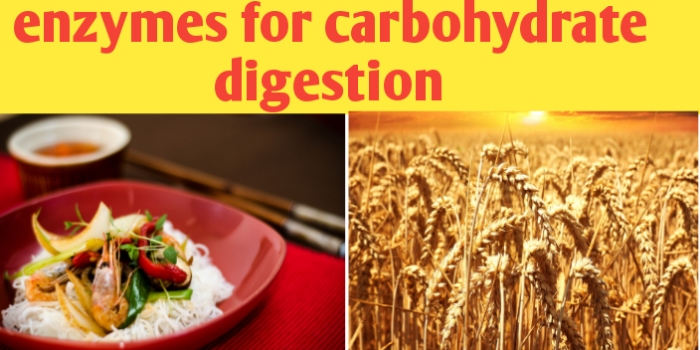
Enzymes for carbohydrate digestion and their physiology
Functions of saliva
Saliva has many functions
1) saliva moistens and lubricates the buccal mucosa, tongue and lips thus making speech possible. Moistening must be carried on continuously because of evaporation and swallowing of saliva
2) saliva moisten food and change it to semi solid mass for easy swallowing
3) moistening food allows it to be tested the taste buds are stimulated by chemicals in solution
4) saliva washes mouth and tongue clear of cellular and food debris, in fever saliva secretion is reduced and tongue become dirty
5) saliva preventing tooth decay by neutralizing acidity in buccal cavity
6) antibacterial agent in saliva kills many of bacteria that enters the buccal cavity which food
7) in dogs evaporation of saliva from the tongue help in coolling the body does regulating body temperature in hot environment
8) and most important function of saliva is it contain ptyalin or salivary enzymes for carbohydrate digestion.
◆you should also visits our website https://biologysir.com and other website for civil engineer calculation at https://www.civilsir.com
■ follow on YouTube
◆name of fathers in field of Biology
● all full forms of 11th and 12th Biology
Pancreatic enzymes for carbohydrate digestion
The pancreas is heterocrine glands means it’s secretes both hormones and digestive enzymes. The pancreas in an elongated gland laying partly behind the stomach in the abdomen. Pancreas is about 16 cm long 2.5 cm wide and weight about 60 grams.
Pancreas consists of head, body and tail. the head is located in the curve of the duodenum and tail meet the spleen. the pancreas is both endocrine and exocrine organ. the tissue of consist of rounded lobules that is known as acini secretes alkaline pancreatic juices with PH 8.8 about a litre of pancreatic juices is secreted each day. This pancreatic juice is carried by pancreatic duct into the duodenum through the hepatopancreatic.
Pancreatic juices content carbohydrase named pancreatic amylase enzymes for carbohydrate digestion. Pancreatic amylase hydrolyse starch and glycogen to dextrins.
Intestinal enzymes for carbohydrate digestion
The intestinal glands are numerous and microscopic and they lie in wall of a small intestine and there are two types of intestinal glands 1) crypts of Lieberkuhn and 2) Brunner’s glands. The crypts of Lieberkuhn simple tubular glands and occurs through out the small intestine between the villi they secrets enzymes and mucus
The brunner’s glands are branched tubular gland and are confined to the duedenum only. their secrets alkaline watery fluid and little enzymes and mucus and their open into the crypts of lieberkuhn.
The mixture of secretion from intestinal gland is known as intestine juices and about 2 to 3 litres of intestinal juices is secreted each day it is alkaline pH 8.3 and is poured into the intestine
The intestinal juices contains many enzymes for carbohydrate digestion like intestinal amylase, maltase, isomaltase, limit dextrinase, sucrase and lactase. So carbohydrate digestion enzymes helps to convert Complex molecule of starch and glycogen in simple sugar and glucose Fructose and galactose which are absorb in body.
So enzymes for carbohydrate digestion are salivary amylase or ptyalin (secreted from salivary gland), pancreatic amylase (secreted from pancreas) and 6 other important carbohydrate digestion enzymes like intestinal amylase, maltase, isomaltase, sucrase, lactase and limit dextrinase are secreted from intestinal glands. these digestive enzymes used for carbohydrate digestion.
Before starting the physiology of digestion of carbohydrate let us some discuss about carbohydrate molecules
What is carbohydrate ?
Carbohydrates are the main source of energy for our body and carbohydrate are formed of carbon, hydrogen and oxygen atoms. Food items such as rice, wheat, Maize ,potato sweet, potato, milk ,chapati, paratha, jaggery sugar, honey and bread are good source of carbohydrate.
Carbohydrates can be classified into 4 categories polysaccharide, oligosaccharide, disaccharide and monosaccharide.
Polysaccharide component of carbohydrates are starch, glycogen and cellulose. Polysaccharides are complex molecules containing starch glycogen and cellulose needed for digesting it and there are several enzymes used for carbohydrate digestion.
Starch is a complex carbohydrate that can be obtained from wheat, rice ,Maize and potato. it is tasteless and does not dissolve in water so it require to digest and convert into simple sugar or monosaccharide with the help of several carbohydrate digestion enzymes. The enzymes salivary amylase, pancreatic amylase and intestinal amylase produce from salivary gland, pancreas and intestinal gland respectively responsible for digestion of starch in our body.
Glycogen is complex carbohydrate that can be obtained from animal sources from meat of animals and it is also needed to digest it and convert into monosaccharides with the help of several carbohydrate digestion enzymes.
Cellulose is also a testless and complex carbohydrate it is present in cell wall of plant cell ,wood ,jute and cotton and more than 1000 glucose molecules join together to form cellulose fibres, the enzymes cellulase responsible for digestion of cellulose carbohydrate in ruminant stomach.
Lactose also called milk sugar sucrose also called Cane sugar and maltose also called malt sugar are disaccharides and need to be convert into monosaccharide with the help of enzyme like lactase, sucrase and maltase respectively secreted from intestinal gland. These Enzymes responsible for carbohydrate digestion
Monosaccharide like glucose fructose and galactose is simple sugar need not to be digested, it is soluble in our body.
Where does carbohydrate digestion begin ?
Student wants to know where does carbohydrate digestion begin first in our body ? As you study above this articles I might be think that you have get this answer. Carbohydrate digestion begins in the buccal cavity of mouth of digestive systems of our body. In buccal cavity of mouth there is secretion of saliva from salivary gland which contain enzyme salivary amylase which are responsible for carbohydrate digestion in mouth.
Physiology of carbohydrate digestion
Complex molecules of Carbohydrates containing polysaccharides like glycogen starch and cellulose, oligosaccharide like raffinose and dextrin, disaccharide lactose, maltose and sucrose which needed digestion.
All Complex molecule of carbohydrate are digested by by carbohydrate digestion enzymes to monosaccharides like glucose, Fructose and galactose
Carbohydrate digestion in buccal cavity
First carbohydrate digestion begins in buccal cavity. In buccal cavity salivary amylase enzyme responsible for carbohydrate digestion. The Saliva contains enzymes salivary amylase or ptyalin and lysozyme.
Secretion of salivary amylase activated by presence of chloride ion in saliva itself. And salivary amylase splits starch and glycogen first into dextrins and then into double sugar maltose and isomaltose and small Dextrins which called as limit dextrins.
1) Starch + glycogen + ptyalin —– Dextrins
2) Dextrins + ptyalin — maltose + isomaltose + limit dextrins
Salivary digestion in oral cavity is restricted because of the shorter time the food is retained here. however about 30% of starch in the food is hydrolysed in the oral cavity and lysozyme present in saliva help to kills the microbes.
Mastication of teeth mixes the food with saliva and break it into a small particles with larger total surface area. this facilitates the action of ptyalin. water and mucin of saliva help the teeth in mastication by moistening the food.
Carbohydrate digestion in stomach
Salivary digestion of Carbohydrates continues in stomach till salivary amylase is destroyed by hydrochloric acid of gastric juices. this take about half an hour. the gastric juices secreted from stomach wall itself has no carbohydrase or carbohydrate digestion enzymes.
Carbohydrate digestion in small intestine
The enzymes responsible for carbohydrate digestion in intestine are secretion of pancreas and intestinal gland containing pancreatic amylase and intestinal juices.
Pancreatic juice contains carbohydrase named pancreatic amylase. Pancreatic amylase enzymes hydrolyse more starch and glycogen to dextrins and then later to double sugar maltose and isomaltose and limit dextrins.
1) Starch + glycogen + pancreatic amlase—– Dextrins
2) Dextrins + pancratic amylase — maltose + isomaltose + limit dextrins
Intestine induces contains 6 carbohydrases intestinal amylase, maltase, isomaltase, sucrase, lactase and limit dextrinase enzymes for carbohydrate digestion.
1) Intestinal amylase present in less amount in intestinal juices hydrolyzes the remaining starch and glycogen to dextrins and the letter to maltose isomaltose and limit dextrin
A) Starch + glycogen + intestinal amlase—– Dextrins
B) Dextrins + intestinal amylase — maltose + isomaltose + limit dextrins
2) Maltase split the double sugar maltose to single sugar glucose
Maltose + maltase —— glucose
3) Isomaltase split the double sugar isomaltose to single sugar glucose
Isomaltose + isomaltase —— glucose
4) Limit dextrinase converts the limit dextrins into single sugar glucose
Limit dextrins + limit dextrinase —- glucose
5) Sucrase breaks the double sugar sucrose into single sugars glucose and fructose
Sucrose + sucrase —– glucose +fructose
6) Lactase hydrolyses the double sugar lactose to single sugar glucose and galactose
Lactose + lactase — glucose + galactose
Thus the entire carbohydrate part of the ingested food is changed into glucose, fructose and galactose and this product of digestion are absorbable.
Digestion of cellulose
Cellulose is complex carbohydrate found in cell wall of plant, it is not digested in humans it is digested by symbiotic microorganisms bacteria and ciliates living in the guts of herbivorous mammals.
Digestion of cellulose in large mammals
The symbiotic microorganisms inhabit the stomach rumen and reticulum of ruminant such as cows, buffalo, goat and the large intestine of non ruminants like Ass and horse. they release enzymes cellulases which hydrolyse cellulose to short chain fatty acid such as Acetic Acid, butyric acid ,propanoic acid. These acids are then absorb. digestion of food by microbial activity is also known as microbial or symbiotic digestion
Digestion of cellulose in rabbit
In rabbit cellulose is partially digested in caecum by bacteria that secretes the enzyme cellulase for this purpose. simplified cellulose escapes with the soft semi fluid, light colour, faeces passed out at night. these faeces are eaten of directly from the anus and passed through the gut again now. the simplified cellulose is fully digested and the product of digestion are obsorbed. the faeces passed out during the day are in form of firm, dark pellets are not eaten. The habit of passing food twice through the gut is known as coprophagy or refection.
Cellulose digestion in termites
Intestine of termites Harbour symbiotic flagellates such as Trichonympha which secretes enzyme beta- glucosidase to hydrolysed cellulose to sugar. the latter is absorbed by termites as well as flagellates. so there Association is symbiotic in nature.


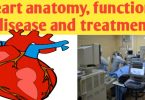
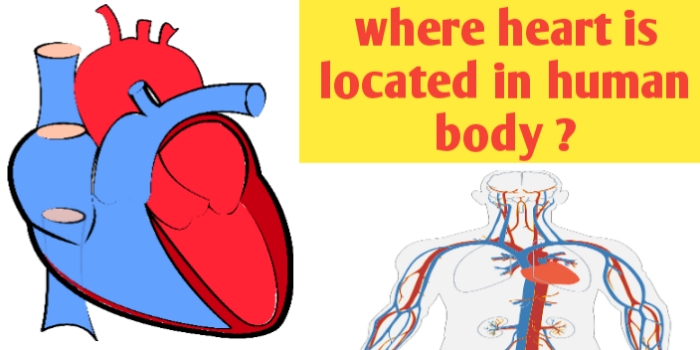
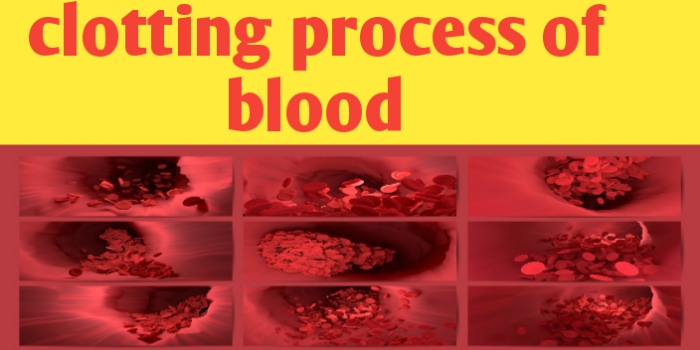
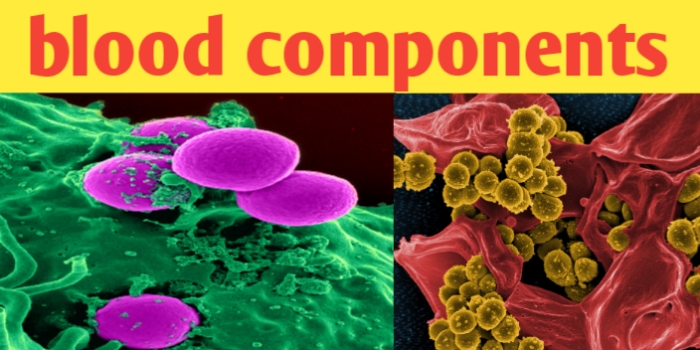
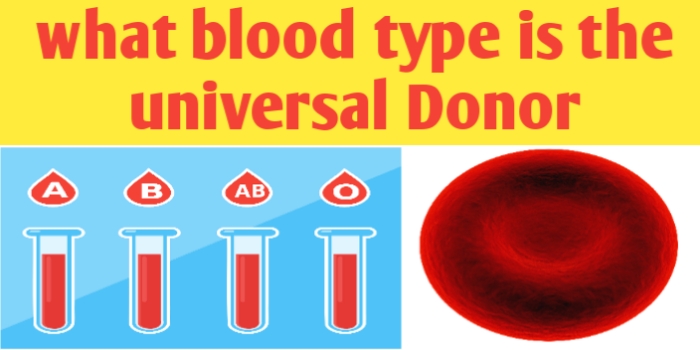
Leave a Comment